I thought I was losing it. Wonder, that is. I’ve hiked or walked many miles, taken thousands of photos, but haven’t been overly wowed by much lately.
This weekend, though, that all changed.
Maybe it was the fact that a friend and I spent a bluebird, yet brisk Saturday snowshoeing many miles as we tracked a couple of local mammals.
There were porcupine dens to explore. Well, not actually crawl into because we didn’t know who might decide to crawl out. We discovered two new ones that were obviously in use, but visited this older stump dump and found no one at home. Why? It had all the makings of a nice condo. Lots of room available, hemlocks growing right out the back door, beside a field with other offerings for a summer diet. Don’t you just want to move in?
We did discover other abodes that showed signs of life with tracks leading to the inner chambers.
How many inner chambers was the next question. Atop this much larger stump dump we counted at least seven holes coated with hoar frost around the edges–leading us to believe someone was breathing within. Did that mean there were seven porcupines living in this den? Do you know what a group of porcupines who share the same winter den, but sleep in their own bedrooms, is called? A prickle of porcupines. Don’t you love that?
By the amount of tracks, we couldn’t tell how many actually lived there, but in the fresh layer of snow we did note that at least one had gone outside to eat the previous night for we followed its tracks for a bit.
It also had visited another den, and by the amount of scat, it was obvious that this wasn’t the first day in a new house.

The porcupines weren’t the only ones we were interested in. For miles and hours, we also tracked a bobcat who’d paid a visit the previous night. Would we find evidence of what it had eaten? A kill site where a prey was attacked? Scat?
We knew by the fact that the bobcat track was atop the turkey prints that this bird lived to see another day.
The same was true for the squirrels that managed to avoid being consumed by the predator overnight as they huddled somewhere close by. But the bobcat apparently didn’t catch a whiff of their scent, though the former did check out holes by stumps and snags.
Sometimes we noticed that the cat picked up speed and we were sure we’d find the reason.
And then . . . and then it would pause and we did too. When the bobcat led us back out to the road we’d traveled on, and crossed to the other side, we knew our time with it had come to an end but enjoyed the journey, though still had questions. Did we miss a kill/feeding site?
We had noted an abundance of food available, much of it in the form of the squirrel or hare. This is my snow lobster, as I’ve mentioned in the past and love how the front feet, being the smaller two prints, land on a diagonal and form the lobster’s tail, while as they lift up to leap forward, the hind feet land in such a way that they appear in the front of the set to form the lobster’s claws. And I’m reminded that for ground dwellers like the hare, the front two feet tend to land on a diagonal, while for tree dwellers like the squirrels, whose front feet also appear smaller and at the back of the set of prints, are most often parallel.
That was yesterday. Today dawned with a sleet storm. When I ventured out the back door this afternoon, I noticed again an abundance of hare prints, these the larger set in the photo while the smaller ones belong to a red squirrel. When I said an abundance of food, these are two of the many choices and this year the hare is everywhere. EVERYWHERE. I find it hopping through communities I’ve not seen it in the recent past. Certainly the bobcat of yesterday will or did find one–we just didn’t stumble upon it.

After spending so much time tracking, a favorite winter activity of mine, I finally turned my focus to trees, another passion. I was actually looking for insects, but fell for this solid droplet of balsam resin that looked rather like a bug. I would love to see the colors of the dribble repeated in yarn.
Then there was the ice that mimicked the shield lichen attached to a branch of the fir.
At last I did find an insect. Well, at least the left-behind structure of a sawfly–where it had pupated and then once ready to emerge, cut its perfect circular escape hatch. How to remember this insect: think of it as a circular saw-fly.
And attached atop the pupating case–what looked like another insect pupating. I don’t know if I’ll ever be able to name its species, but I thrilled in spotting it.
Bark is cool, but especially when you begin to notice all the idiosyncrasies of life upon it, such as the fruiting disks of a couple of crustose lichens, but one of my favs is the braid-like formation of the liverwort Frullania. It has brown leaves divided into two lobes. Liverworts are cool because they are flowerless and lack roots and reproduce via spores. Frullania is abundant upon bark, but unless you slow down and look, you may not ever spy its spiderwebby structure.
Speaking of spying, yesterday’s brilliant sun shone upon the hairy twigs of paper birch, another sight easy to overlook.
Today’s natural community found me tramping through an area where gray birch, with their bumpy, hairless twigs, grow.
How did these two members of the same family develop such differences? I think about that and how it is true of all in the natural world. Maybe the hairs don’t appear in exactly the same line-up and the bumps are more or less bumpy on another twig, but they all are variations on the same theme. Mammals are like that as well. And flowers. And ferns . . . and well, everything. We can learn to ID them because generally they share the same characteristics from one dandelion to the next. But . . . what about us? As humans, there are familial similarities, but very few of us look exactly like another. Though perhaps somewhere in the world we all have a twin we’ve yet to meet. Alas, I’ve rambled on enough.

It all boils down to the bush clover–a species my friend Pam and I first met at Brownfield Bog a couple of falls ago and recognized almost immediately when we discovered it in a field in Stow, Maine, before encountering our first porcupine condo yesterday. Today, she informed me in a text message that a year ago we met it in the same field, and we shared a chuckle that neither of us had a memory of that moment. Uh oh.
But I was reminded this morning that it’s important to go forth with a child-like attitude, finding awe in all that we see and encounter and I realized then that I’ve been too busy lately to slow down and really look.
Here’s hoping I can ever renew and enjoy that sense of wonder and that you can as well.

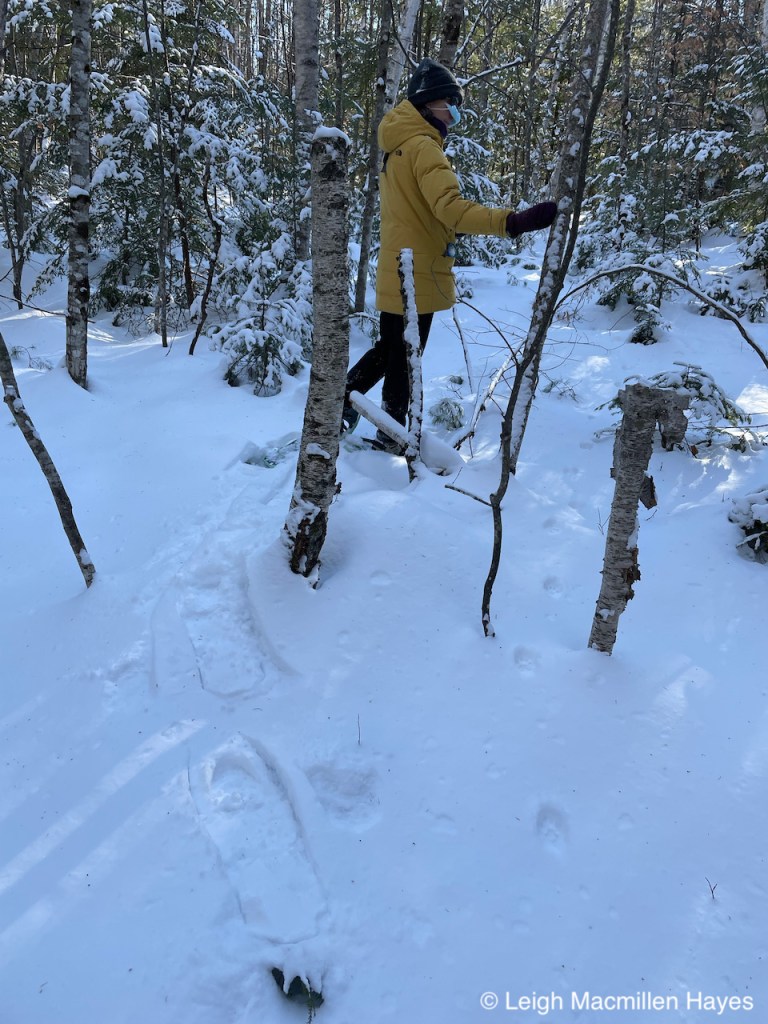

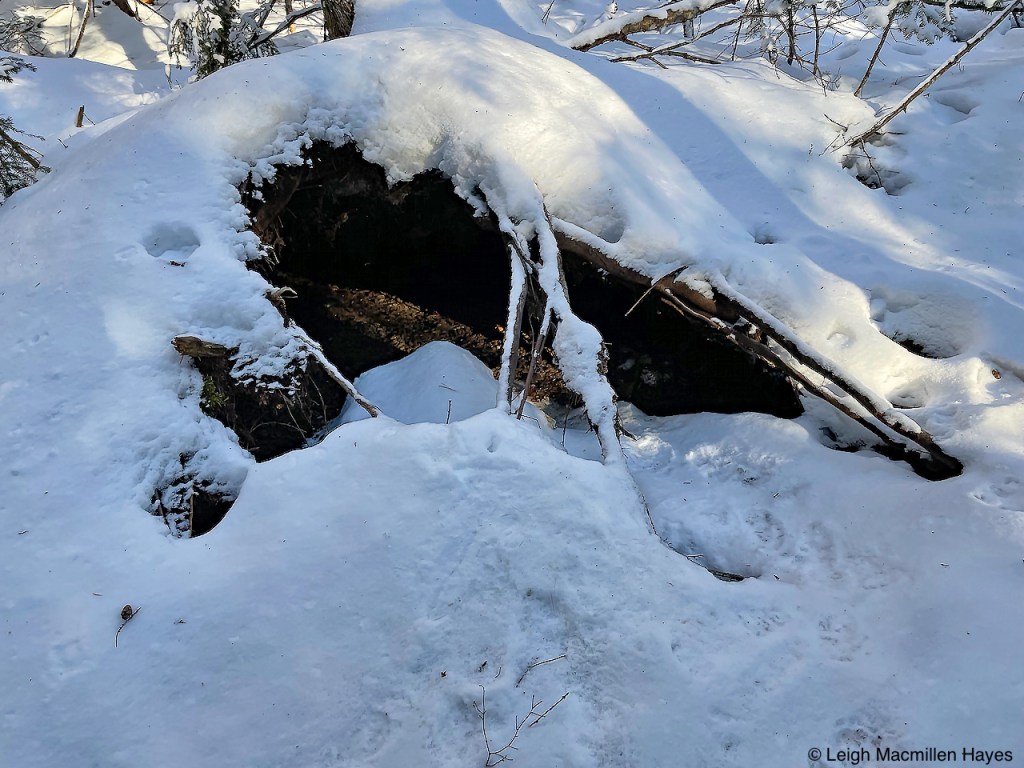



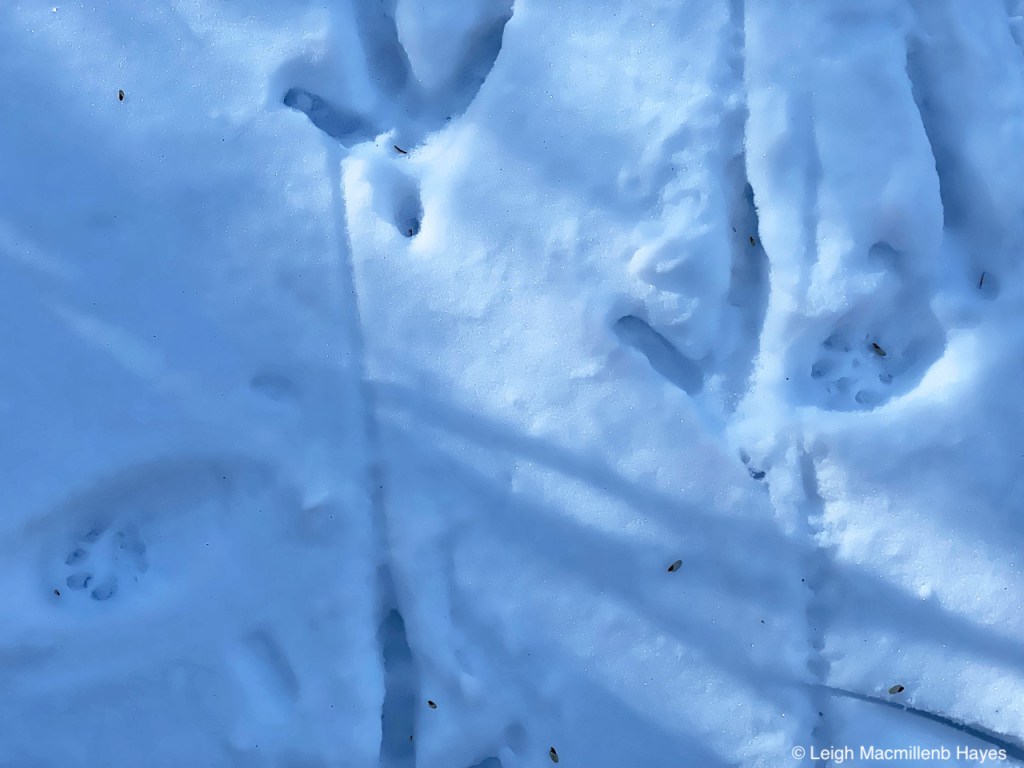
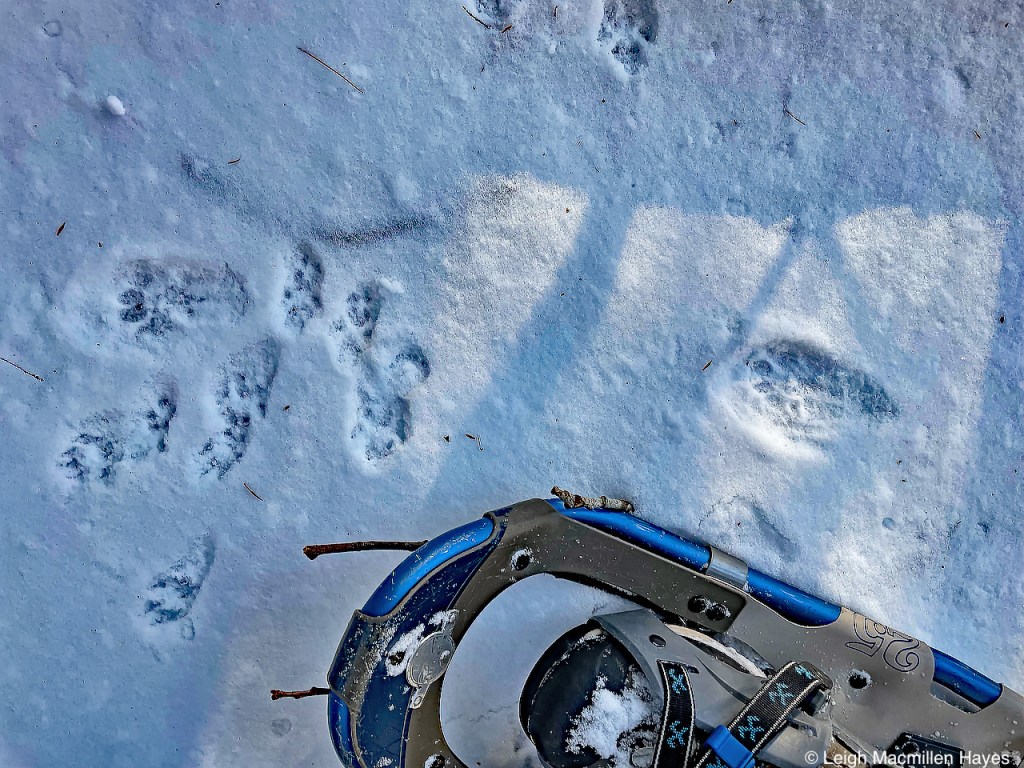



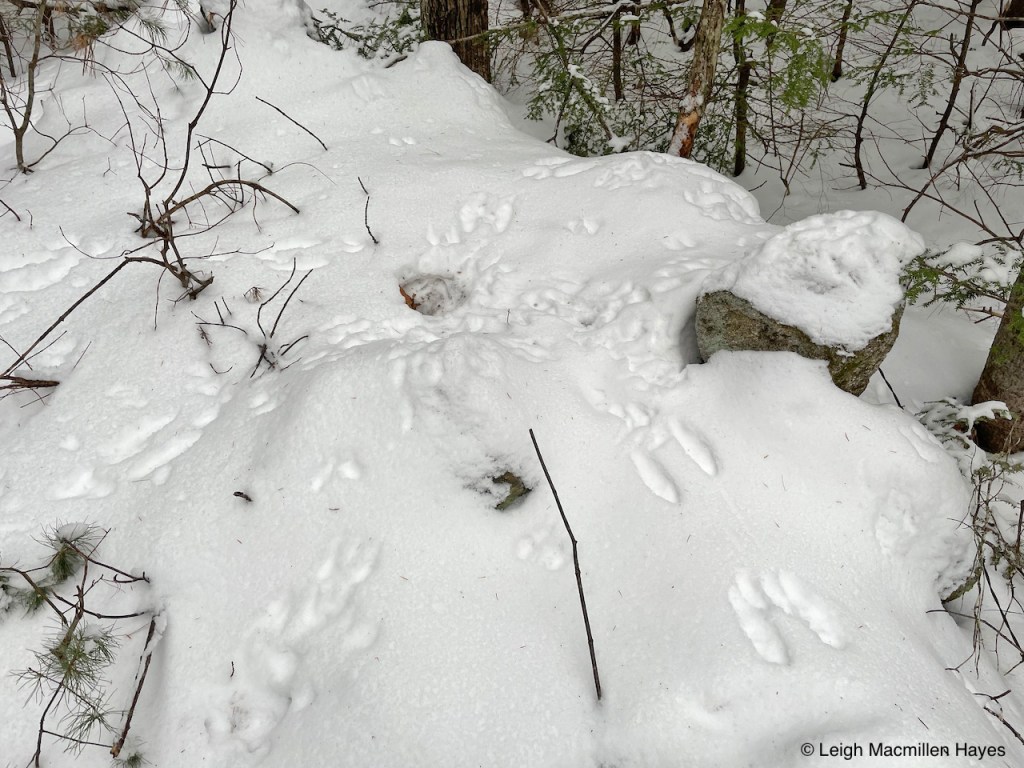

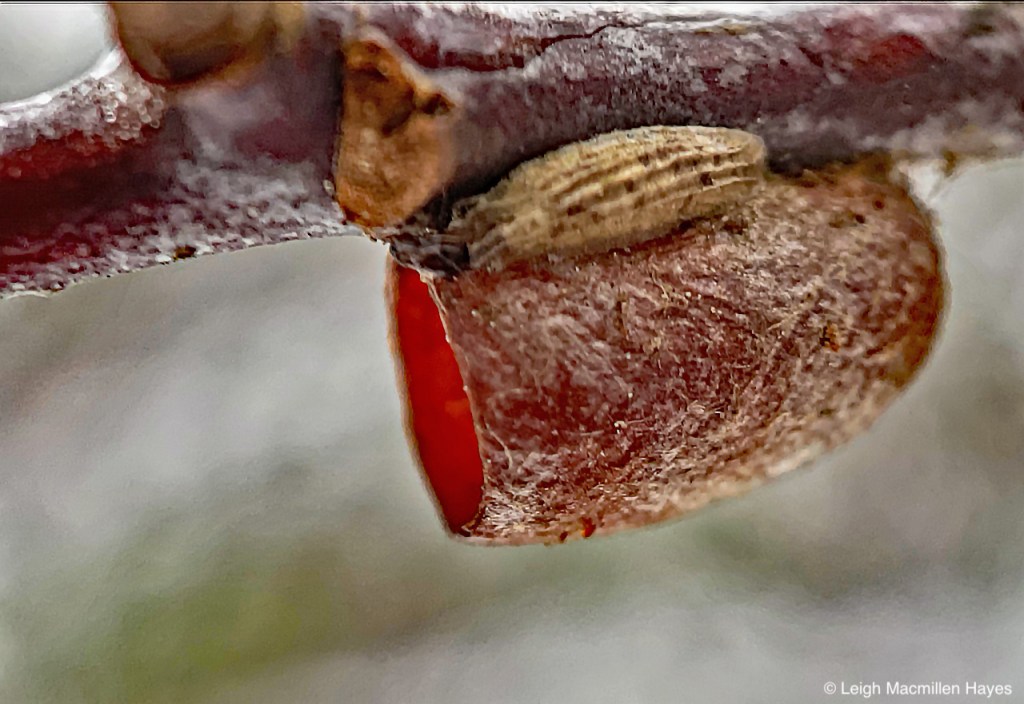



You must be logged in to post a comment.